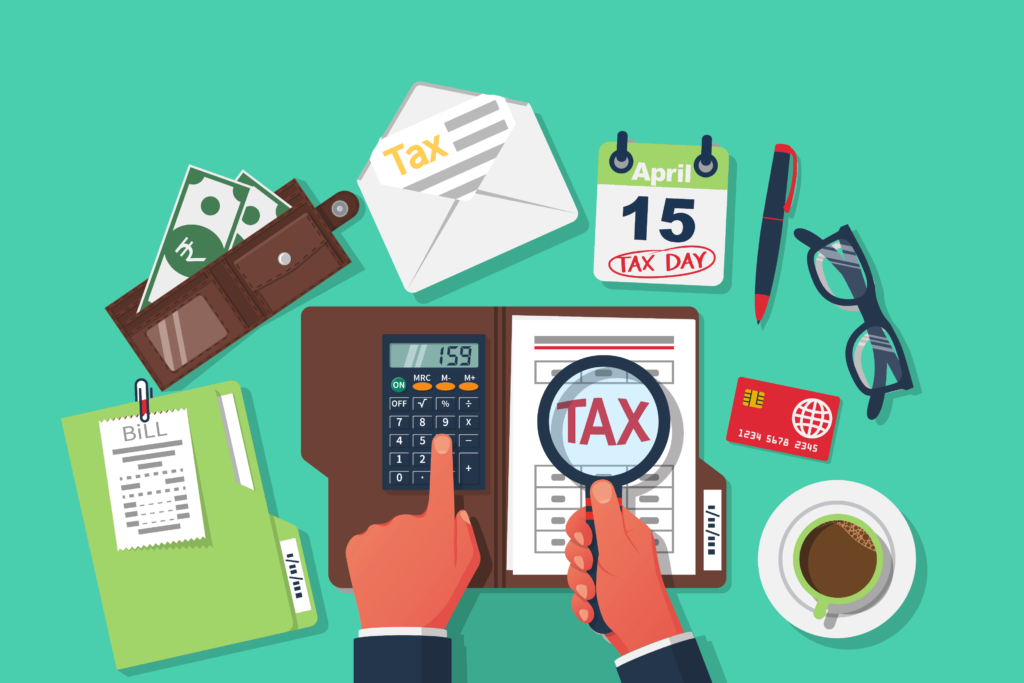Maximize Tax Benefits by Converting Your Company to an LLP Before 31st March 2025

CA Tarun Garg | Updated on: Feb 7th, 2025 | 3 min read
Introduction
In the ever-changing landscape of tax laws, businesses have the opportunity to leverage specific provisions to optimize their tax liabilities. One such provision is the conversion of a company into a Limited Liability Partnership (LLP) under Section 72A(6A) of the Income-tax Act, 1961. This conversion allows businesses to carry forward their accumulated losses and unabsorbed depreciation for up to 8 years, a significant tax benefit that can help optimize future profitability.
Why Convert to an LLP?
Converting a company into an LLP is a strategic decision for many businesses. An LLP combines the benefits of limited liability, as seen in a company, with the operational flexibility of a partnership. This conversion offers several advantages, most notably the tax benefits. Under Section 72A(6A) of the Income-tax Act, businesses can carry forward and set off accumulated losses and unabsorbed depreciation of the company against future profits of the LLP for up to 8 years from the year of conversion.
Key Tax Benefits Under Section 72A(6A)
When a company is converted into an LLP under Section 72A(6A), the business losses and unabsorbed depreciation of the company are allowed to be carried forward for the next 8 years from the conversion year. However, this provision comes with certain conditions to ensure that businesses are genuinely undergoing a conversion process that aligns with the law’s intent.
Conditions for Carrying Forward Losses and Depreciation:
To qualify for this tax benefit, the following conditions must be met:
- Eligibility for Exemption Under Section 47(xiiib):
- All assets and liabilities of the company must be transferred to the LLP.
- Shareholders of the company must become partners of the LLP in the same proportion as their shareholding.
- The company’s turnover must not exceed ₹60 lakh in any of the last three financial years.
- No consideration (other than profit-sharing) should be received by the partners.
- The LLP should not be dissolved, and its partners should remain the same for at least 5 years.
- The total value of assets in the company’s books should not exceed ₹5 crore for any of the three years preceding the conversion.
- Continuity of Losses:
- Business losses will continue in the hands of the LLP, allowing them to be set off against future profits for up to 8 years from the original year of loss.
- If any of the conditions are violated, the benefit of carry-forward will be revoked.
Impending Changes in Tax Laws – Act Before 31st March 2025
In the Union Budget 2025, the government has proposed amendments to Section 72A(6A), which will be effective from 1st April 2025. Under the proposed amendment, the carry-forward period will no longer start from the conversion year. Instead, it will begin from the year of the original loss incurred by the company.
This change will significantly reduce the time period for which businesses can carry forward their losses and unabsorbed depreciation. Therefore, companies looking to take advantage of the 8-year carry-forward benefit must convert to an LLP before 31st March 2025 to secure the benefit for the maximum possible period.
Why You Should Act Now
With the budget amendments set to take effect in April 2025, businesses that delay their conversion will lose the opportunity to carry forward losses for 8 years from the conversion year. The new law will limit the carry-forward period to the remaining years from the original year of loss, making it crucial for businesses to finalize their LLP conversion before the cut-off date to ensure they receive the full benefits.
If you are looking to optimize your tax savings, increase operational flexibility, and safeguard future profits, the time to act is now. Ensure your company conversion to LLP is completed by 31st March 2025 to take full advantage of the existing provisions under Section 72A(6A).
What is the Advantage of Converting to an LLP?
An LLP combines the best of both worlds. It provides the limited liability feature of a company, ensuring that the personal assets of the partners are protected from business liabilities. At the same time, it offers the flexibility of a partnership, with fewer compliance requirements and less stringent regulatory oversight.
The conversion also allows businesses to reduce compliance costs and access more efficient tax planning options. Tax advantages are among the most significant benefits, including the ability to carry forward accumulated business losses for up to 8 years and set off those losses against future profits.
Conclusion: A Critical Opportunity for Tax Savings
The conversion of a company into an LLP is an excellent opportunity for businesses to optimize their tax planning while enjoying the benefits of an LLP’s operational flexibility. However, with the proposed changes to tax laws from 1st April 2025, businesses must act swiftly to complete their conversion before 31st March 2025 to ensure the carry-forward of losses for the full 8-year period.
For businesses seeking to maximize their tax savings and future profitability, now is the ideal time to convert their company to an LLP and take advantage of this once-in-a-lifetime opportunity.
About Author

Name: CA Tarun Garg
Qualification: CA, CS, B.Com
Company: T Garg & Co.
Mobile: +91-9999147621
Email: Tarun.garg@mail.ca.in
Location: New Delhi
Let’s Connect!
Popular Articles
Trusted By Your Favorite Brands






